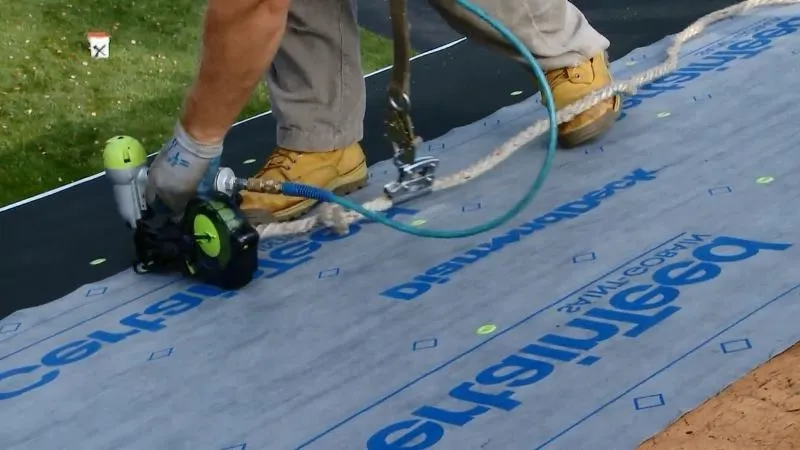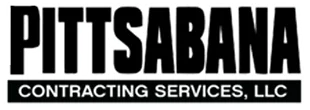Roof underlayment is a strong protective layer or barrier that goes between the roof deck and under the roof deck. It is out of sight and often goes unnoticed, but it is a very important component, because in addition to providing longevity to the roof it serves as insulation against damage from the outside elements and protects the home from moisture, water and debris in the event of a storm that dislodges part of the roof. Depending on the type of underlayment you use for the roof, the performance depends. Both synthetic underlayment and felt underlayment are required to stay within Building Code requirements.
Synthetic and Felt Roof Underlayment: Pros and Cons
Each type of underlayment both acrylic and felt has its advantages and disadvantages, the use of them will depend on the geographical area where the house is located, the materials used for the roofing, the design of the roof, the contractor’s suggestion according to the convenience and finally the budget.
Advantages
Being made of polypropylene laminates or polyethylene plastic , it offers greater longevity and resistance to water, moisture and other external elements of nature such as mold, it is a lightweight material its presentation is in wide and long rolls which translates into greater performance of installation time, It is resistant to tearing, boot traffic which makes it safer when walking on the ceiling, it is suitable for prolonged exposure to UV rays, its weight is 40 to 100 grams per square meter, its cost varies between 17 and 25 cents per square foot. Synthetic underlayment can last between 25 and 40 years.
Disadvantages: It is not a standardized product so it can have different performance levels depending on the manufacturer, its cost is higher for the advantages it offers.
Felt underlayment for roofing
Advantages: it is one of the oldest roofing products on the market, it is manufactured by saturating paper or fiberglass with asphalt, it is available in two types of felt 15, its weight is from 7.5 to 12.5 pounds, its cost is 5.5 to 10.5 pounds. 5 pounds, its cost is 5 cents its weight and cost calculated per square foot of roof and 30 felt whose weight is 16 to 27 pounds, its cost is 10 cents, its weight and cost calculated per square foot of roof, the 30 felt is stronger and offers greater resistance to tearing at the time of installation, its cost is lower compared to synthetic underlayment, for this reason it is the required by owners concerned about the budget of their home.
Disadvantages
At the time of installation it cannot be left exposed for more than a few hours as the heat can dry the material or leach oils, allowing greater exposure to moisture and water absorption, which wrinkles the felt producing unevenness in the roof to place the tiles, it is prone to tearing against winds, its weight makes it difficult to drag the rolls to the roof, in terms of amount of coverage it is less material per roll, which implies greater seams to join the rows and greater weight to cover areas, its surface is slippery.
Conclusion
Seen the characteristics of each type of underlayment, the biggest disadvantage of synthetic underlayment is its cost, despite its competitive prices compared to felt underlayment, however making a general balance of its advantages and seeing the quality of synthetic underlayment, the choice of this ceiling could save you money and inconvenience for your peace of mind and future expense planning.
If you still have doubts or questions about it, do not hesitate to call us to provide you with the required support and advice.



